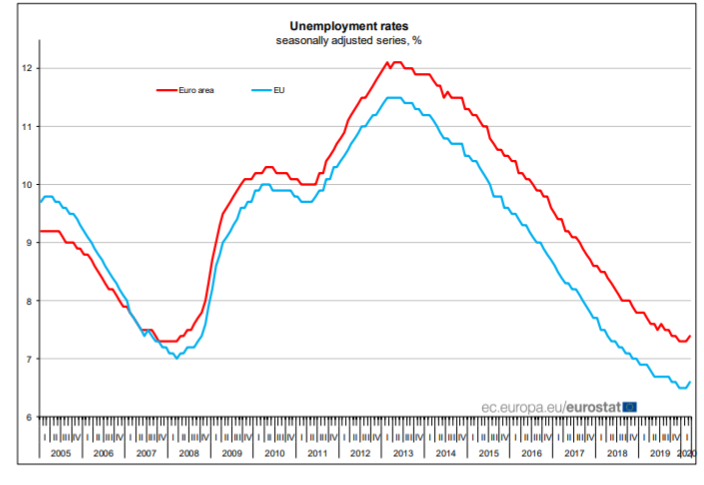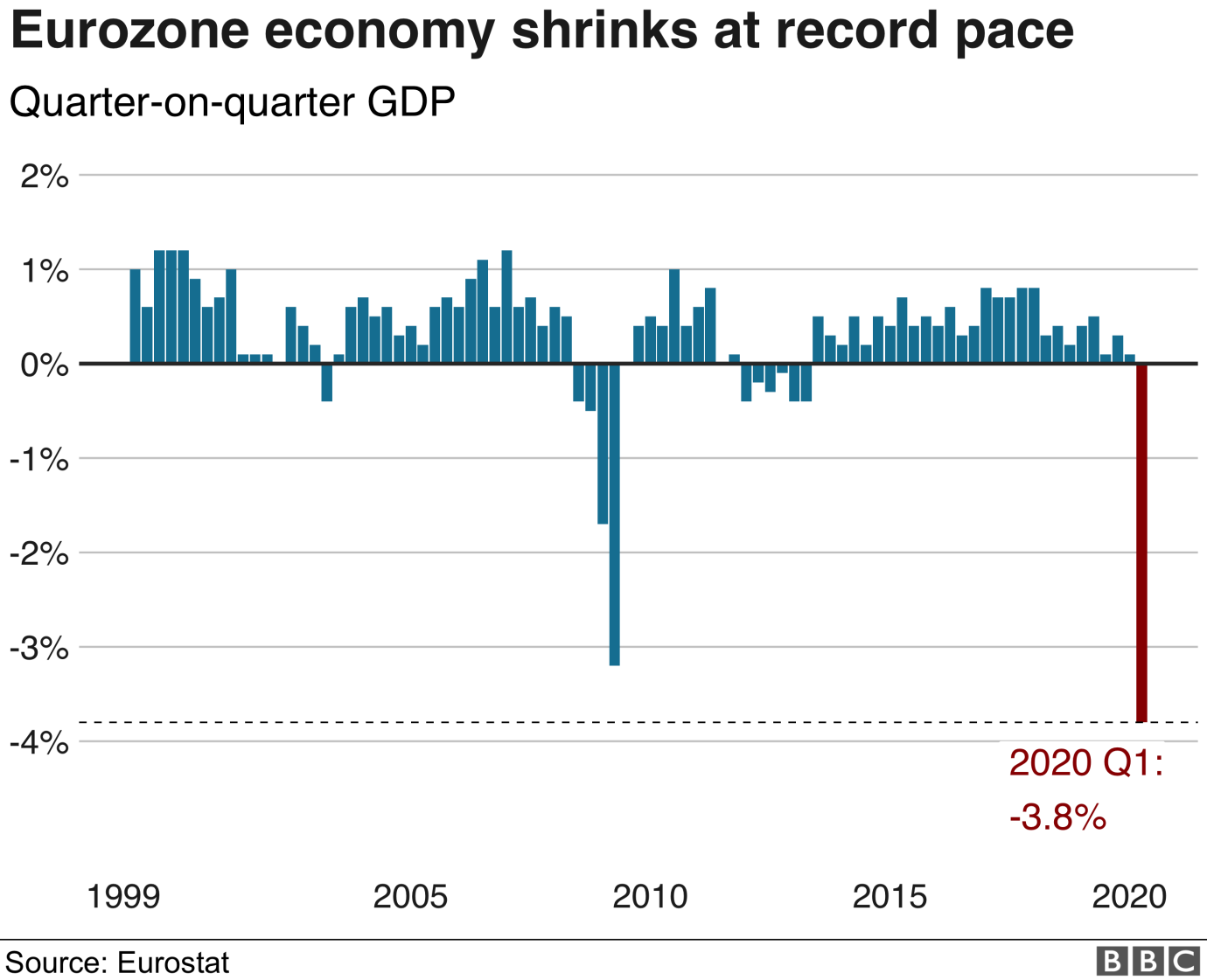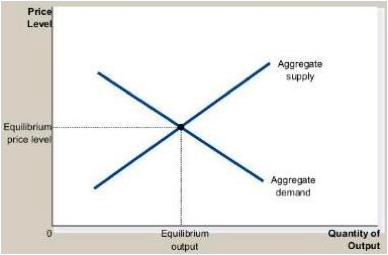Unemployment
The Coronavirus and the quarantining measures that accompany it have led to a significant increase in the number of unemployed populations across the countries of Europe. Commonly, several types of unemployment are identified depending on the causes and duration of the workforce supply and demand inconsistencies.
In particular, there are three main categories of unemployment, including structural, frictional, and seasonal. Frictional unemployment is caused by the time that is needed for potential employees to find positions that satisfy their skills and requirements.
As for structural unemployment, this type is connected with the lack of available job positions for every candidate who seeks work. Sectoral shifts, which constitute the changes in demand among regions or industries, are the main cause of structural unemployment (Levernier and Yang, 2011). It means that there are more people in need of a job than there are jobs available.
The main difference between structural and frictional unemployment types is that “structural unemployment may involve job searches in a broader range and possibly over the longer‐time period than frictional unemployment does” (Levernier and Yang, 2011, p. 61). Finally, seasonal unemployment occurs on a periodic basis; the demand and supply in the workforce change with seasons and are highly predictable.
Concerning the effects of the Coronavirus crisis on the unemployment rate, significant changes are continuously detected across the countries of the European Union. According to the latest statistical data provided by Eurostat (2020, p. 1), as per March 2020, “the month when COVID-19 containment measures began to be widely introduced by the Member States, the euro area seasonally-adjusted unemployment rate was 7.4%, up from 7.3% in February 2020”.
Also, Eurostat estimates that 14.141 million people had the status of unemployed in March 2020; the number increased by 241 000 in the European Union (Eurostat, 2020, p. 1). Figure 1 shows the changes in unemployment rates in the European Union over years (Eurostat, 2020).

Due to the fact that many organizations have shortened the volume of their operations and staff during the Coronavirus epidemic, many people will need to seek new positions for employment for a more extended period of time during the crisis. However, the shortage in work supply and the increase in the number of people in search of a position cause a significant level of structural unemployment.
Analysis of EU-wide Unemployment Insurance Scheme
The institutions of the European Union are discussing the possible measures to reduce the harmful effect of the crises on the unemployment rate by introducing specifically designed insurance schemes. The situation that the Eurozone countries observe now, in terms of the pandemic’s causes of job shortage, the prevalent unemployment type that is targeted by the EU unemployment insurance is aimed at temporary structural unemployment. The European Commission anticipates that the impact of the crisis caused by the virus will be more harmful than any other economic crisis experienced by the countries in the recent past.
The initiative to implement unemployment insurance is aimed at reducing the scope of negative outcomes of temporary unemployment. The introduced initiative has been considered for several years and has now proved to be the most effective pan-European unemployment insurance scheme (Valero, 2020). The measure will work on the basis of borrowing and will be aimed at helping the countries that are most impacted by the economic downturn or recession.
Unemployment insurance is designed to ensure Eurozone employees from the risks associated with high unemployment rates. These measures are aimed at mitigating temporary unemployment and providing soft loans to countries by financial means of the funds (Valero, 2020). In such a manner, less impacted economies will help those whose unemployment rate is very high, and consequently, the initiative will help to stabilize the macroeconomic changes.
Eurozone Institutions Controlling Fiscal and Monetary Policies
The European Union assembles specific institutions aimed at facilitating the economic and political processes inside the area to mitigate the impact of crises on the countries of Europe. In such challenging times as the shutdown of countries under the influence of COVID-19-related restricting measures, the performance of such bodies is highly important. Thus, the institution that controls and monitors monetary policies on the territory of the Eurozone is the European Central Bank.
Its primary goal is to maintain price stability through an array of actions. The European Central Bank maintains the value of the euro to ensure stable prices, which are “essential for economic growth and job creation – two of the European Union’s objectives” (European Central Bank, 2020, para. 1). By monitoring and controlling monetary policies implemented in Eurozone, the institution mitigates the macroeconomic factors and ensures to reduce the harmful effects of the crisis by specific initiatives. The monetary policy of the European Central bank allows for using banking arrangements on both organizational and institutional levels to ensure price stability in the region (European Central Bank, 2020). Thus, this institution is responsible for the economic and monetary safety of the Eurozone.
The institution responsible for controlling fiscal policies is the European Commission. It monitors the economic sphere for potential difficulties, “such as risky or unsustainable policies or declining competitiveness” (European Commission, 2020, para. 1). To carry out these responsibilities, the institution analyzes significant amounts of economy-related data on every member state, collecting evidence and forecasts concerning unemployment rates, inflation, GDP, as well as national budgetary programs and reforms.
On the basis of the collected and analyzed data, the European Commission designs economic reports that depict the real problems in the economic sphere. These reports include the Annual Growth Survey Alert Mechanism Report and the Annual Growth Survey, which provides an analysis of the employment rate, macroeconomic tendencies, and the achievement of particular goals through policies (European Commission, 2020).
In such a manner, the European Commission, as a monitoring institution, identifies the countries that face the most significant economic challenges in terms of assets or competitive advancement that might cause harm to the country or the whole Monetary Union. Consequently, appropriate actions are planned to mitigate the harmful issues and ensure the stable growth of the member states and the organizations in general.
Aggregate Demand and Aggregate Supply
The European Central Bank’s key role in the control of inflation in the Eurozone. To serve this purpose, the institution implements measures that are aimed at analyzing, forecasting, and mitigating the influence of demand and supply in the macroeconomic sphere. It is made by applying such economic measures as aggregate demand and aggregate supply. Aggregate demand is the total number of goods and services that are requested by the economy at all price levels.
Aggregate supply is the total supply of goods and services ready to be provided by the economy within a certain period of time. In the short run, both aggregate demand and supply impact economic growth (Dutt, 2006). The interrelation between aggregate demand and supply in the short run allows for forecasting the economic fluctuations of prices and economic output. It might be depicted by the equilibrium where the axis of supply and demand meet to denote the point of supply.
However, aggregate demand is irrelevant for long-run economic analysis. It might be explained by the fact that “the market mechanism, in the form of flexible wages working through assets markets, or government policies, solves the problems of unemployment and the deviation of aggregate demand from the aggregate supply in the long run” (Dutt, 2006, p. 319-320). Thus, the analysis of the measures of aggregate demand and supply allows for identifying the trends in the macroeconomic sphere.
The Main Effects of Rising Prices
On both micro- and macroeconomic levels, prices influence demand and supply. Under the influence of the COVID-19 crisis, the economic trends show the rise in prices for many goods and services. When considering the main effects of rising prices, one might state that, commonly, the increase in aggregate demand leads to an increase in prices.
However, the inverted causal effect might be possible under the circumstances of macroeconomic trends. Thus, when the prices for critical goods rise, the whole economy becomes affected by inflation, including the increase of the cost of living, difficulties in business managing, borrowings, and the overall decrease in the level of prosperity of the population.
Fiscal Policies as a Response to the Coronavirus Crisis and their Effects on Aggregate Demand
The economic downturn in the time of Coronavirus has impacted all nations across the Eurozone. The task of the responsible institution of the European Union is to face the economic threats of the time with specifically designed measures and policies. While monetary policies are implemented by the European Central Bank and are aimed at reducing inflation, the European Commission monitors fiscal policies that are related to governmental actions targeting taxation and government expenditures. During the times of economic downturn, fiscal policies are perceived as the most effective tool for mitigating the changes in the economy and stimulating it for a more effective overcoming of the crisis.
Therefore, the examples of fiscal policies include tax cuts and government spending (‘Webinar slides week 8’). Firstly, the reduction of taxation allows for stimulating the businesses to maintain their operations despite the challenges of the crises. The government might implement the tax cuts for particular business spheres to boost their performance, increase the number of jobs, and minimize the level of unemployment. This example of fiscal policy shows that the timely intrusion of the government is a helpful measure that might save the economy in times of recession.
Secondly, another example of fiscal policies is government spending, which is implemented via allocating finances from the budget to the crucial economic sectors. This type of fiscal policy allows for timely identification of the most impacted spheres and those, the support of which will boost the overall economy.
Consequently, government spending might be comprised of financing certain industries, public organizations, and other spheres that are crucial for a given economy to overcome the difficult times of a crisis. In the modern conditions of the European Union’s struggle with the impact of COVID-19 on the economy in the Eurozone, the European Commission implements fiscal policies to mitigate the unemployment rates, cut taxes, and stimulate economic growth through government spending.
The fiscal policies initiated by governments are important in the time of recession because it is dangerous to wait for the economic forces to stabilize the situation without the intrusion on the institutions. Indeed, the process of stabilization might take a very long period of time and cause significant damages to the economy. With the financial difficulties associated with the crisis, businesses slow down their operations, cut on their investments, and minimize expenditures.
All these effects the economy as a whole because the planned growth does not comply with reality. The implementation of fiscal policies (tax reduction and government expenditures) allows for shifting the aggregate demand curve and slowing down or stimulating the economy depending on the situation (‘Webinar slides week 8’). Therefore, the implementation of fiscal policies in the time of the Coronavirus crisis is the most effective tool for stimulating the economy in the Eurozone.
The Effects of Fall in Global Trade on Eurozone Economy
Since the European Union is a substantial constituent of the global economy, any changes to the world trends will impact the economic stability in the Eurozone. In particular, the fall in global trade that the world observes as a consequence of the Coronavirus crisis will have a negative effect on the achievement of economic goals by separate members of the European Union, and the organization as a whole.
As shown in Figure 2, the decline in European economics under the influence of COVID-19 is significant (Walker, 2020). The lockdown of the European countries during the epidemics drastically decreased the production and interstate trade of goods and services. The closed borders as a measure of protection have diminished the opportunities for export and import at their usual pace. Therefore, the impact is inevitably significant and reaches the majority of the European countries through the falls in their GDP.

Indeed, according to Walker (2020, para. 1), the “first estimate of GDP between January and March showed a contraction of 3.8%, worse than during the financial crisis”. For example, France and Spain, as the nations that are most impacted by the Coronavirus, have shown a significant decrease in economic activity, while Germany faced a dramatic increase in unemployment rates that lead to devastating economic consequences in the country (Walker, 2020).
As for the nation-specific indicators of GDP fall, France reported a decline in GDP by 5.8%, Spain’s GDP decreased by 5.1%, and the economy of Italy fell by 4.7% (Walker, 2020). Thus, these numbers indicate that the fall in global trade has a significant impact on the economy of the countries of the Eurozone.
The interrelation between aggregate demand and supply in the macroeconomic environment is shown in Figure 3, which demonstrates that the intersection of the two axes defines the supply/demand forecast in the short-run (‘Webinar slides week 8’). Due to the fact that aggregate demand does not play a role in the long run, this equilibrium applies to short-run fluctuation forecast only (Dut, 2006).

Despite the already evident impact of the Coronavirus crisis on Europe, the experts foresee a more significant decline in the future. They suggest that the economic growth might reduce by 5% and 12% this year, “depending crucially on the duration of the containment measures and the success of policies to mitigate the economic consequences for businesses and workers” (Walker, 2020, para. 16). Consequently, the European Union’s fiscal and monetary policies, as well as the measure aimed at reducing the unemployment rates, will be needed to reduce the harm of the crisis and maintain economic stability.
Reference List
Dutt, A.K. (2006) ‘Aggregate demand, aggregate supply and economic growth’, International Review of Applied Economics, 20(3), pp. 319-336.
European Central Bank (2020) Tasks. Web.
European Commission (2020) How the EU monitors national economic policies. Web.
Eurostat (2020) March 2020 Euro area unemployment at 7.4% EU at 6.6%. Web.
Levernier, W. and Yang, B.Z. (2011) A note on the categories of unemployment in a principles of macroeconomics course. Perspectives on Economic Education Research, 7(1), pp. 58-73.
Valero, J. (2020) ‘Eurogroup to discuss EU-wide unemployment reinsurance scheme’, Euroactive. Web.
Walker, A. (2020) ‘Coronavirus: Eurozone economy shrinks at record rate’,BBC News. Web.
Webinar slides week 8 (no date). Web.